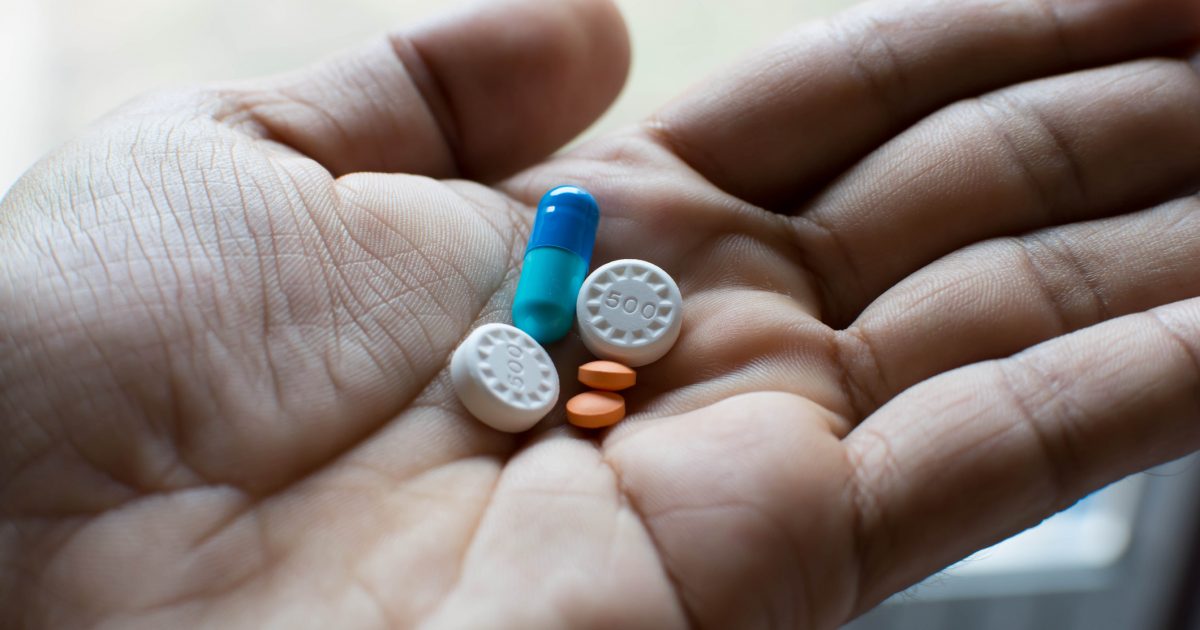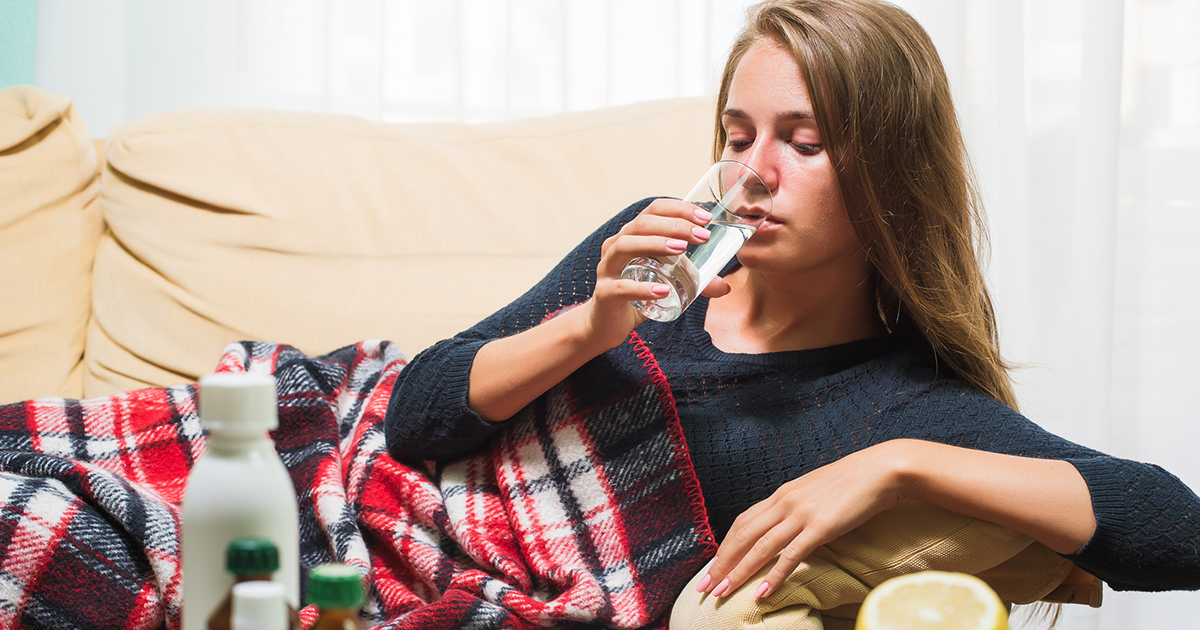Ways To Treat Campylobacter
Campylobacter bacteria is curved shaped or comma-shaped and can cause disease in humans and animals. It thrives in poultry and is contracted by eating contaminated food. This bacteria can also spread from humans by being in contact with an asymptomatic infected animal. There are more than a dozen types of Campylobacter species that make individuals sick.
One of the most common causes of bacterial foodborne diseases is due to C.jejuni and C.coli bacteria. They can survive in low oxygen environments and are non-fermentative. Once infected with campylobacter, it can be difficult to kill. Get to know the various options, stemming from home remedies to medical intervention, for treating Campylobacter now.
Antibiotics

Each year over one million individuals become sick from campylobacter in the United States. These illness are caused by eating raw or undercooked meat. You can also get sick from drinking contaminated water or unpasteurized milk. The bacteria is spread by contaminated feces and typically incubates in the gastrointestinal area for up to seventy-two hours. The signs of campylobacter include diarrhea, fever, abdominal cramps, nausea, vomiting, and pain.
Although many strains of Campylobacter can be treated with fluids and electrolytes, a few strains require antibiotics. To make an accurate diagnoses a specimen of feces must be tested by an authorized lab. If tested positive, antibiotics can be given to kill the bacteria. The most common types of prescription medication for Campylobacter in adults are macrolides, quinolones, and tetracycline. When children are infected, they are prescribed azithromycin and macrolides. Ampicillin, amoxicillin, ciprofloxacin, and levofloxacin are also given to get rid of resistant bacteria.
Replenish Fluids

Since Campylobacter causes diarrhea, it makes the body lose water, and in some instances, diarrhea can be dangerous and lead to severe dehydration. The signs of diarrhea are increased bowel movements, loose stools, and abdominal pain. The bacteria can infect the digestive tract where it lives for a long time depending on the strain and wreak havoc on the digestive system. Campylobacter affects individuals globally and is considered a common contributor to diarrhea and human gastroenteritis. Even though the infection is usually not serious, it can be dangerous for the elderly, young children, and those with weakened immune systems. If diarrhea becomes severe in babies, it can lead to death even when there are no complications.
When someone does become ill with campylobacteriosis, they must drink plenty of fluids. These liquids should also contain electrolytes, so the body is provided with all the necessary nutrients for recuperation. It is important to replenish fluids lost due to diarrhea to rehydrate your body with salt and water. You can drink clear fluids, fruit juices, sports drinks, and water with added electrolytes.
